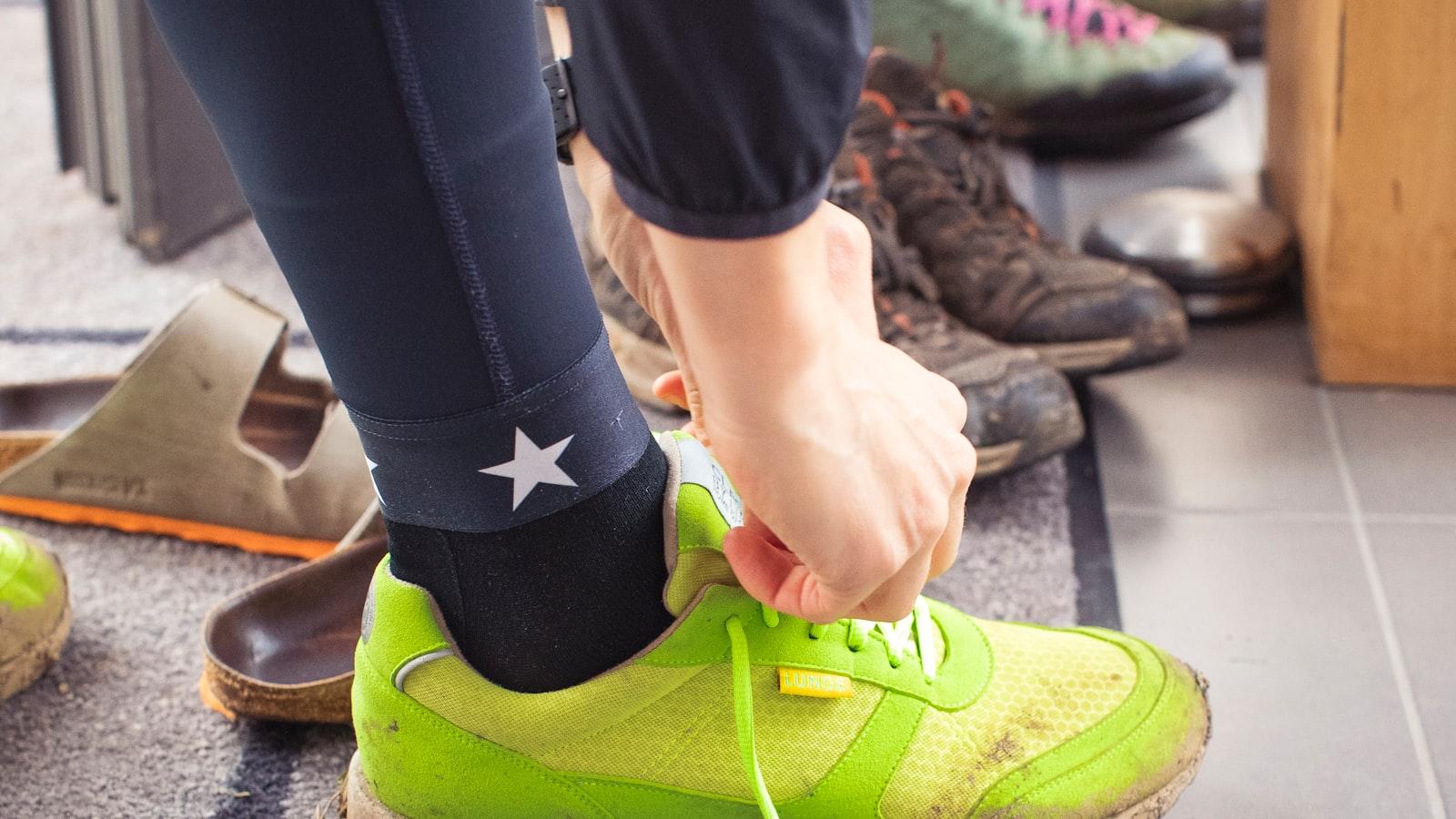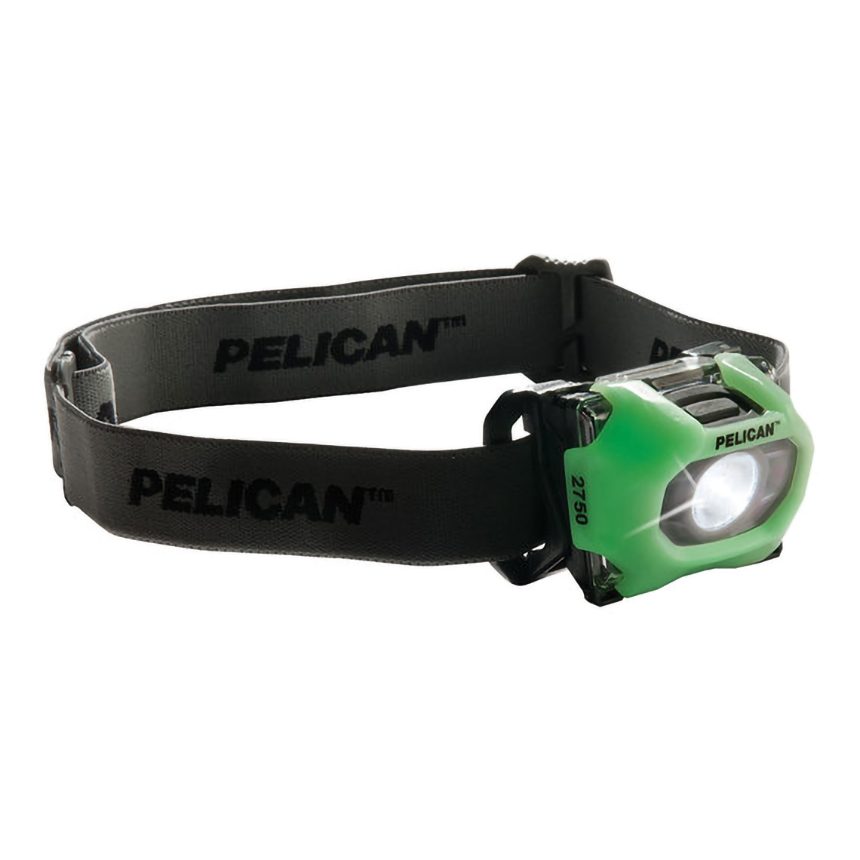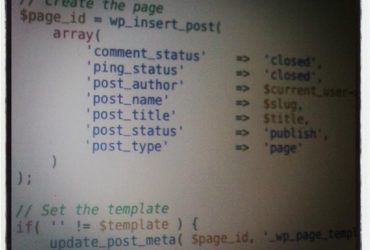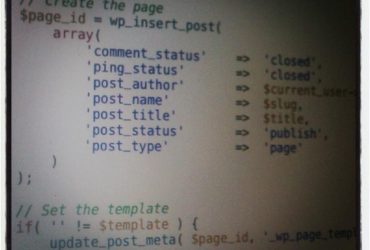Finding the perfect running shoes can be a daunting task, with endless options and styles to choose from. But fear not, for we are here to help you step into your stride with ease. In this guide, we will explore the intricacies of selecting the right running shoes to ensure you find the perfect fit for your unique needs and preferences. So lace up your shoes and get ready to hit the ground running as we embark on this journey together.
Heading 1: Understanding Your Running Style and Foot Type
Understanding your running style and foot type is crucial in selecting the right running shoes. Your running style and foot type can greatly impact the type of support and cushioning your feet need to stay comfortable and injury-free while running. By identifying your running style and foot type, you can make a more informed decision when choosing the perfect pair of running shoes. Here are some key points to consider:
- Foot Type: Determine if you have flat feet, neutral feet, or high arches. This will help you choose the right level of arch support in your running shoes.
- Gait Analysis: Understanding your pronation (how your foot rolls inward when you run) can help you select shoes that provide the right amount of stability and cushioning.
- Running Surface: Consider the type of surface you typically run on (e.g., pavement, trails, track) as this can impact the durability and traction of your running shoes.

Heading 2: Key Features to Consider When Choosing Running Shoes
When choosing the perfect running shoes, there are several key features to consider that can make all the difference in your comfort and performance. Cushioning is essential for absorbing impact and reducing strain on your feet, ankles, and knees. Look for shoes with adequate cushioning based on your running style and foot strike. Support is another crucial factor, as it helps prevent injuries and promotes stability. Consider the level of arch support and pronation control that is best suited for your feet. Fit is also important, ensuring that your shoes are snug but not tight, with enough room in the toe box and a secure heel fit. Lastly, durability plays a significant role in the longevity of your shoes, so opt for high-quality materials and construction that can withstand the wear and tear of regular use.
In conclusion, selecting the right running shoes is crucial for a comfortable and successful workout. By following the tips and guidelines provided in this guide, you can find the perfect fit that will support your stride and help you achieve your fitness goals. So lace up those shoes, hit the pavement, and step into your stride with confidence. Happy running!










Leave a Reply